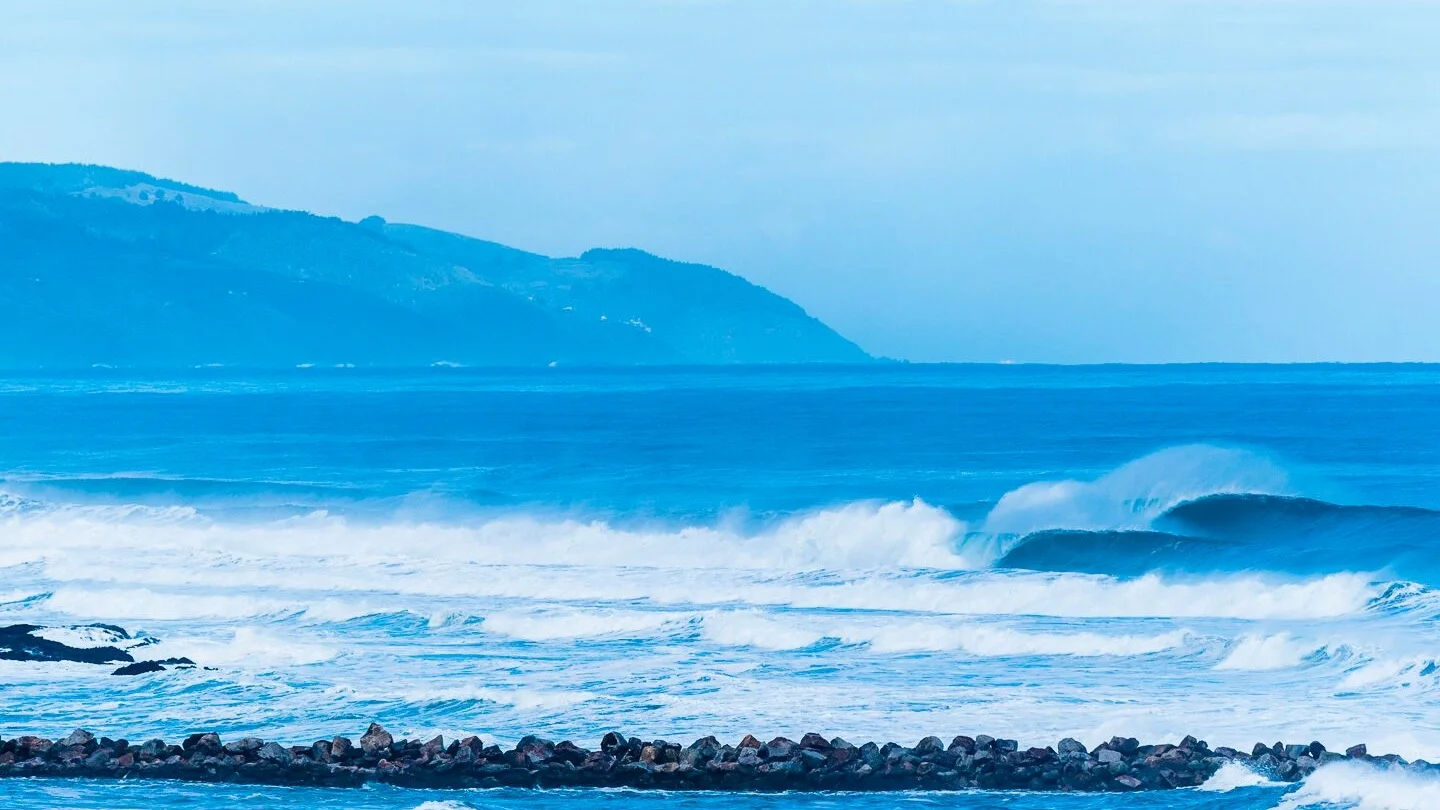Fleeting Fall in South America
Ramon Navarro is from Chile. He’s explored its rugged coastline for two decades, but had never surfed a pointbreak as big and hollow as what he found on a crisp South American fall morning last year with friends Kohl Christensen and Otto Flores.
Surfing has a unique nature. Swells are constantly building and fading. The wind is always switching direction and velocity. Tides rise and fall. The ocean is ever changing. Where waves break on reefs or rocks they are at the mercy of all of these conditions. Throw in migrating sand and it’s an endless mix of variables. This was a wave they had never seen break like that before.
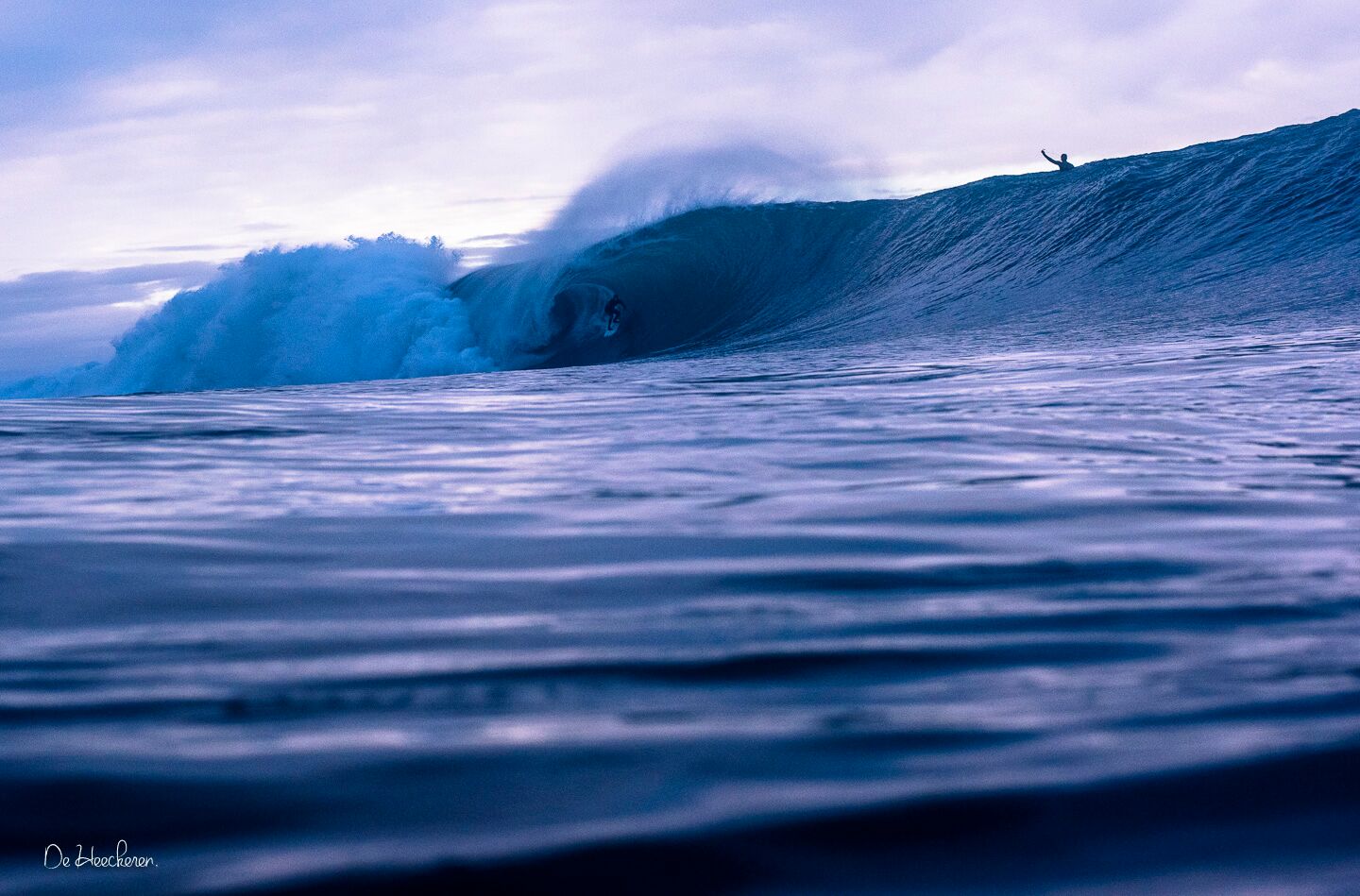
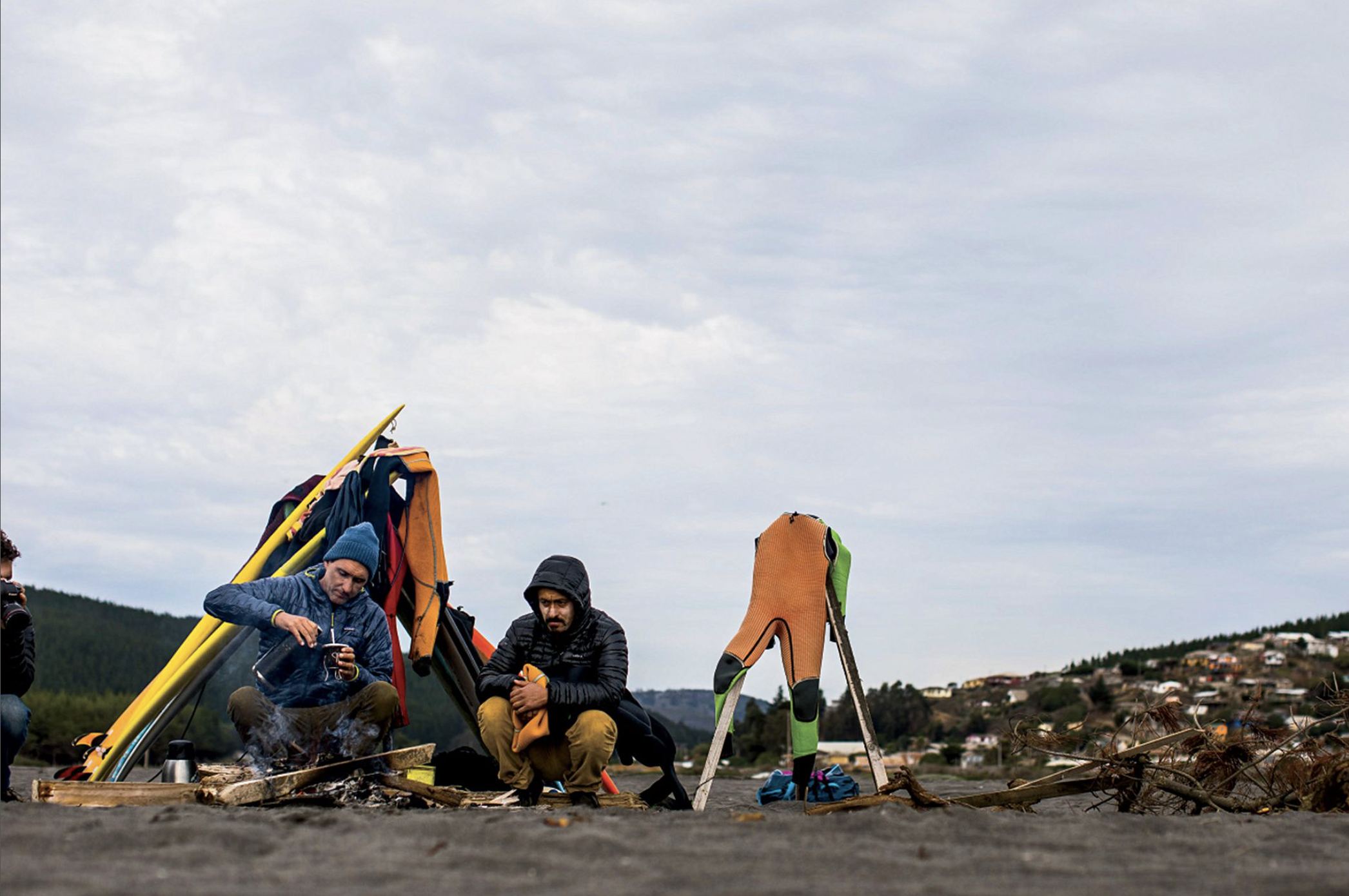

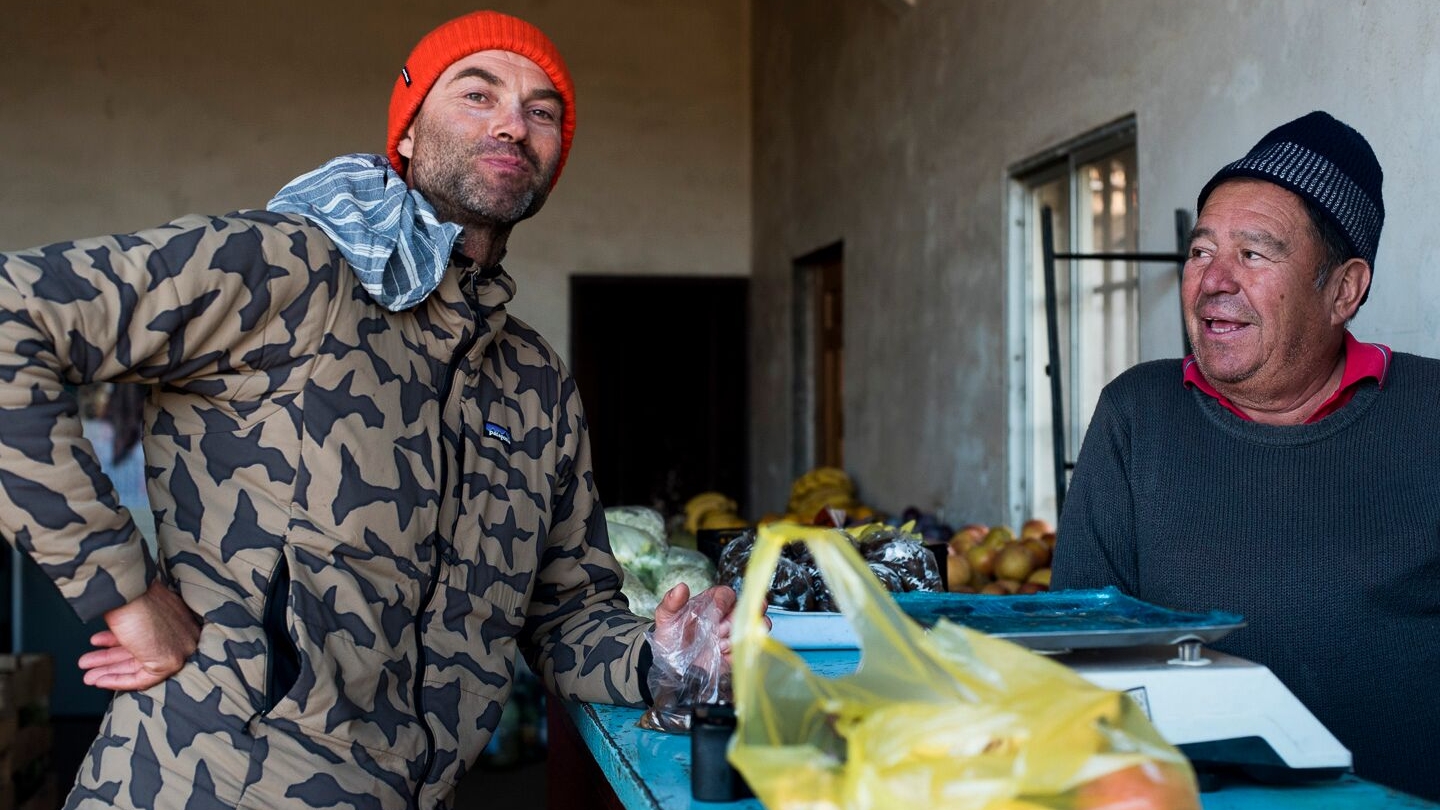
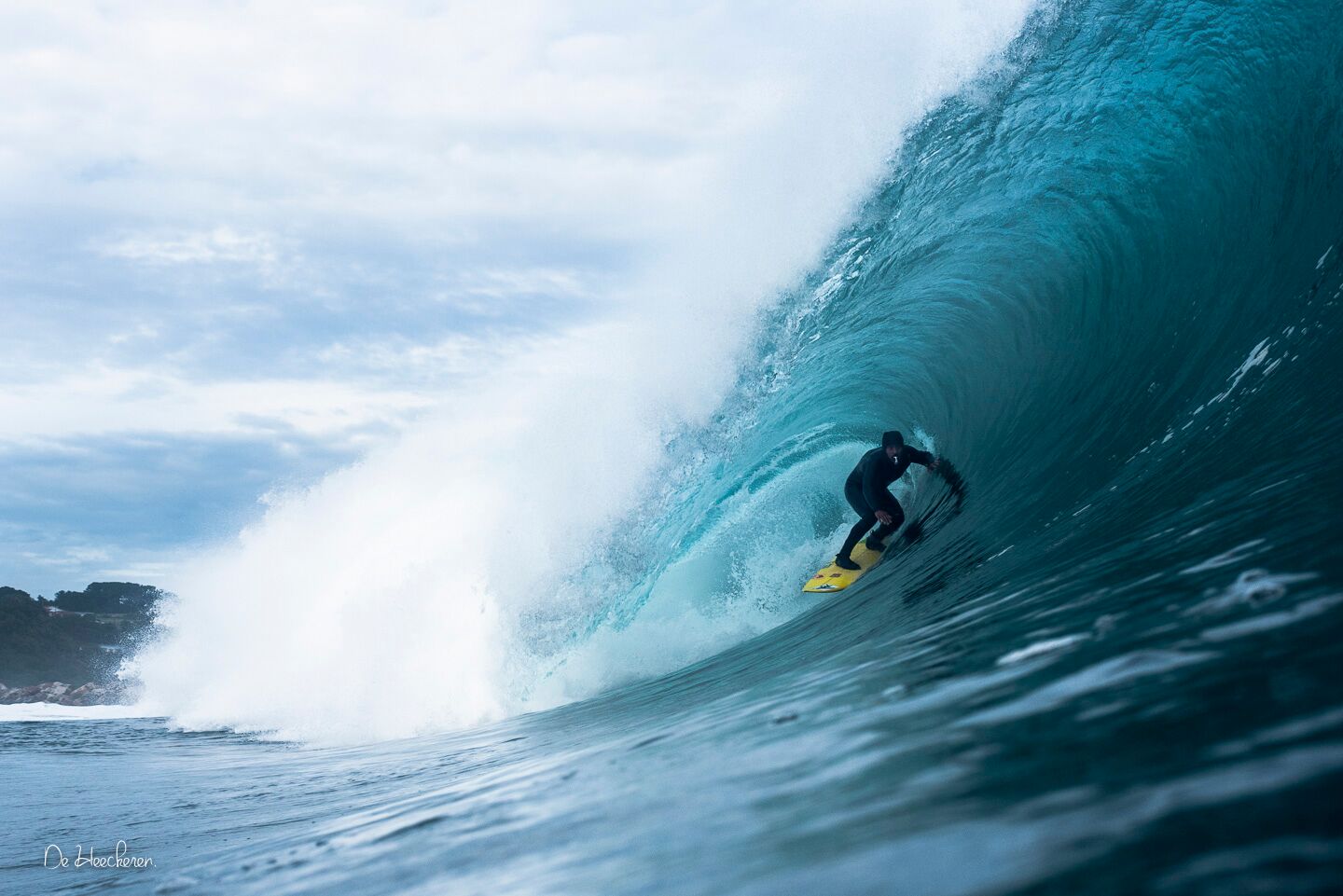
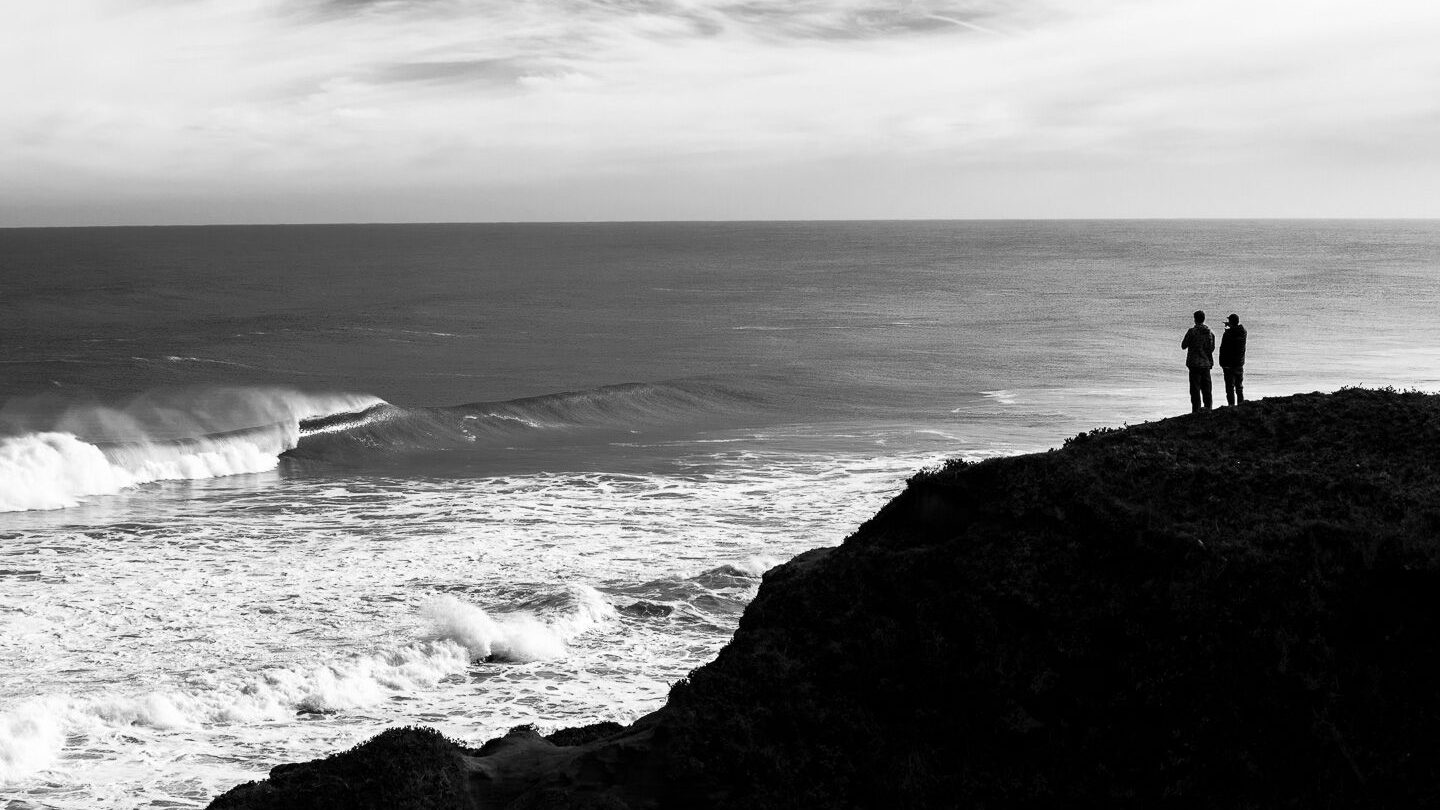
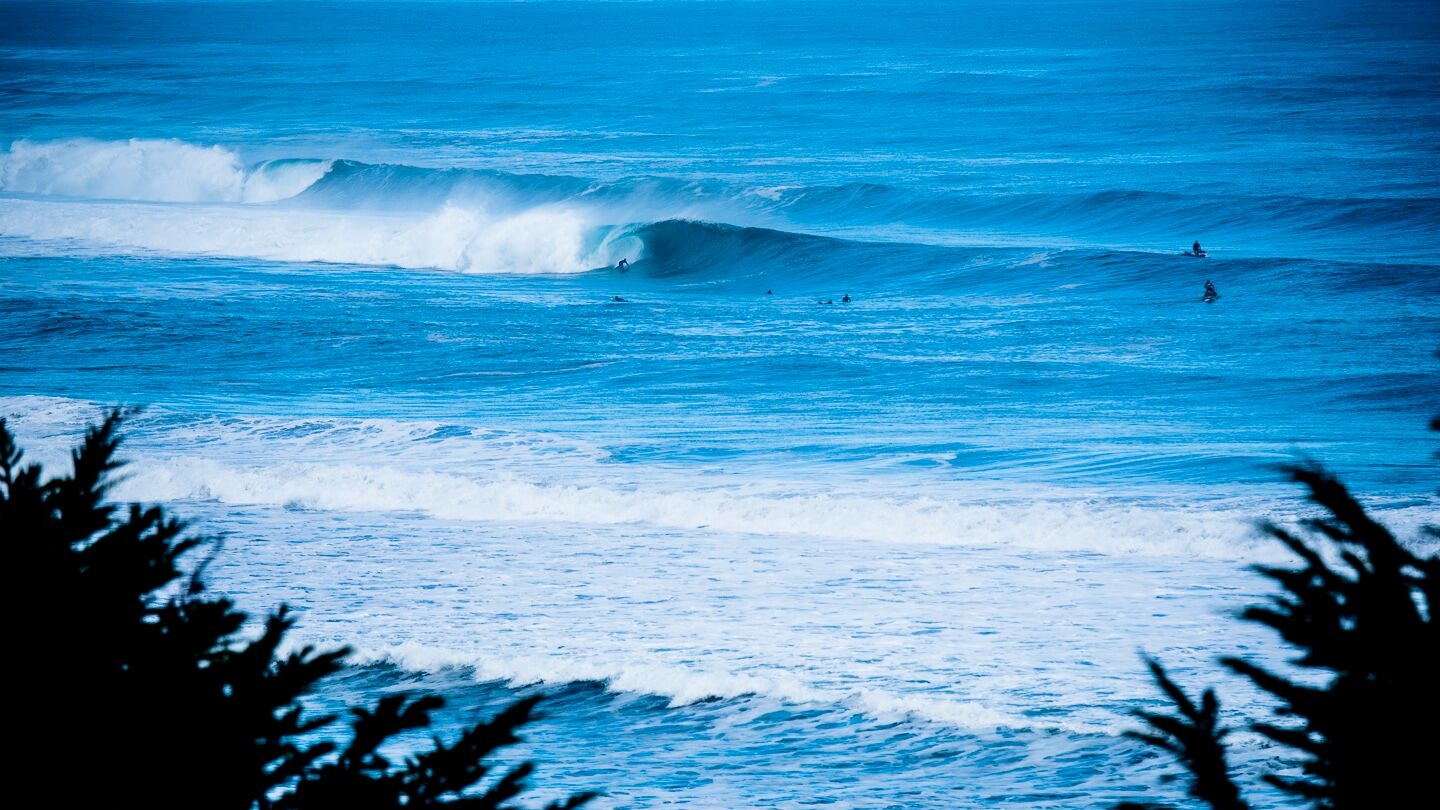
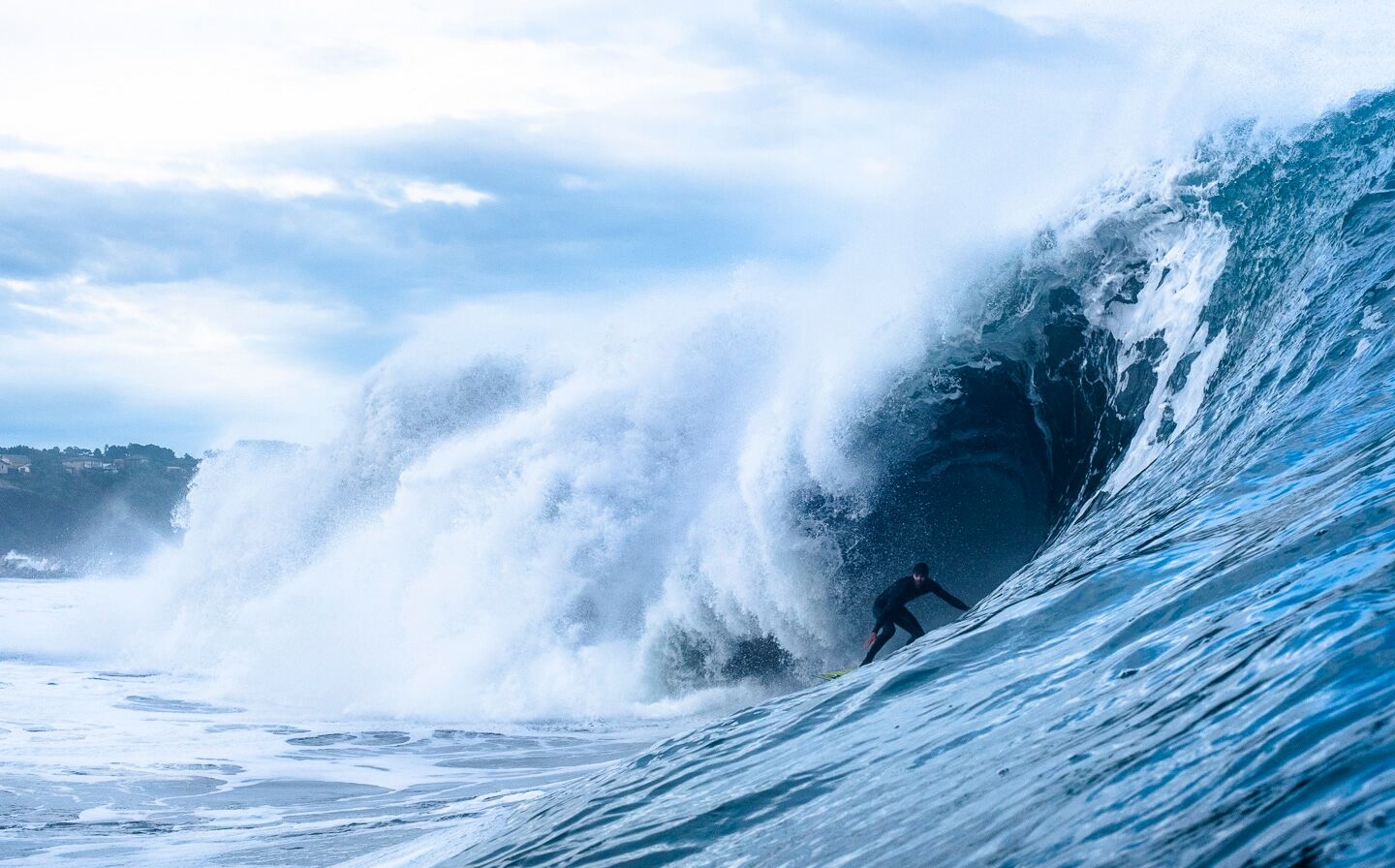
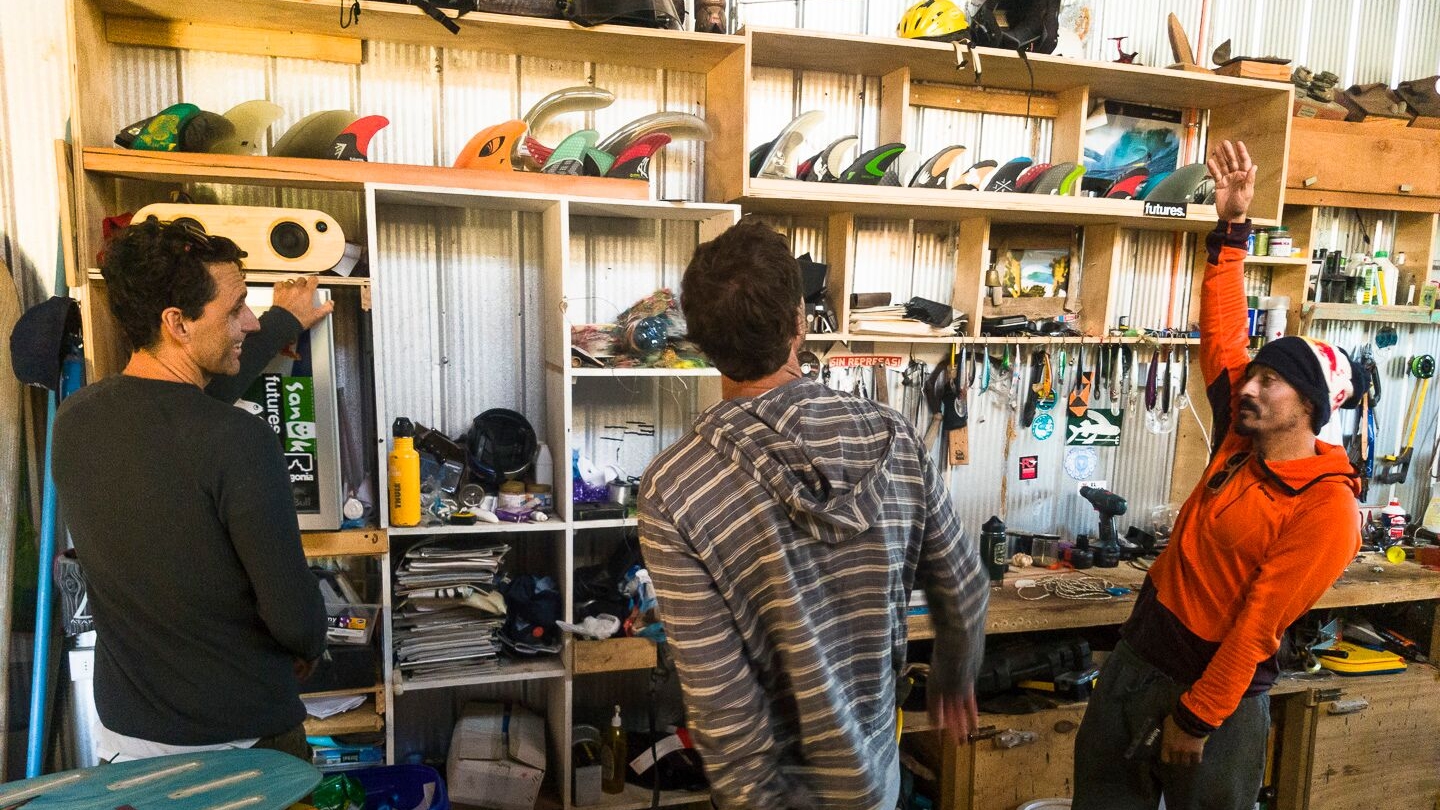
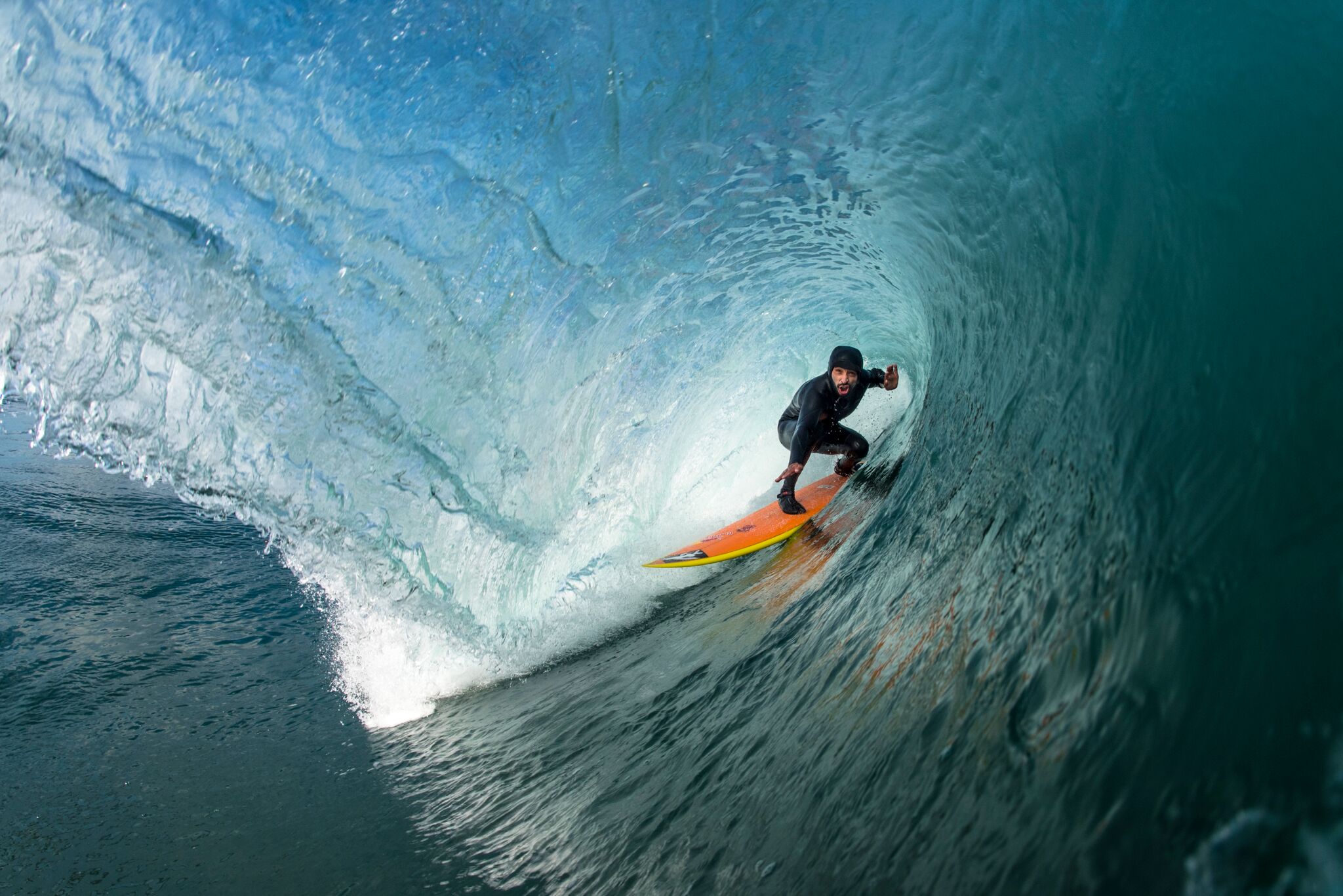
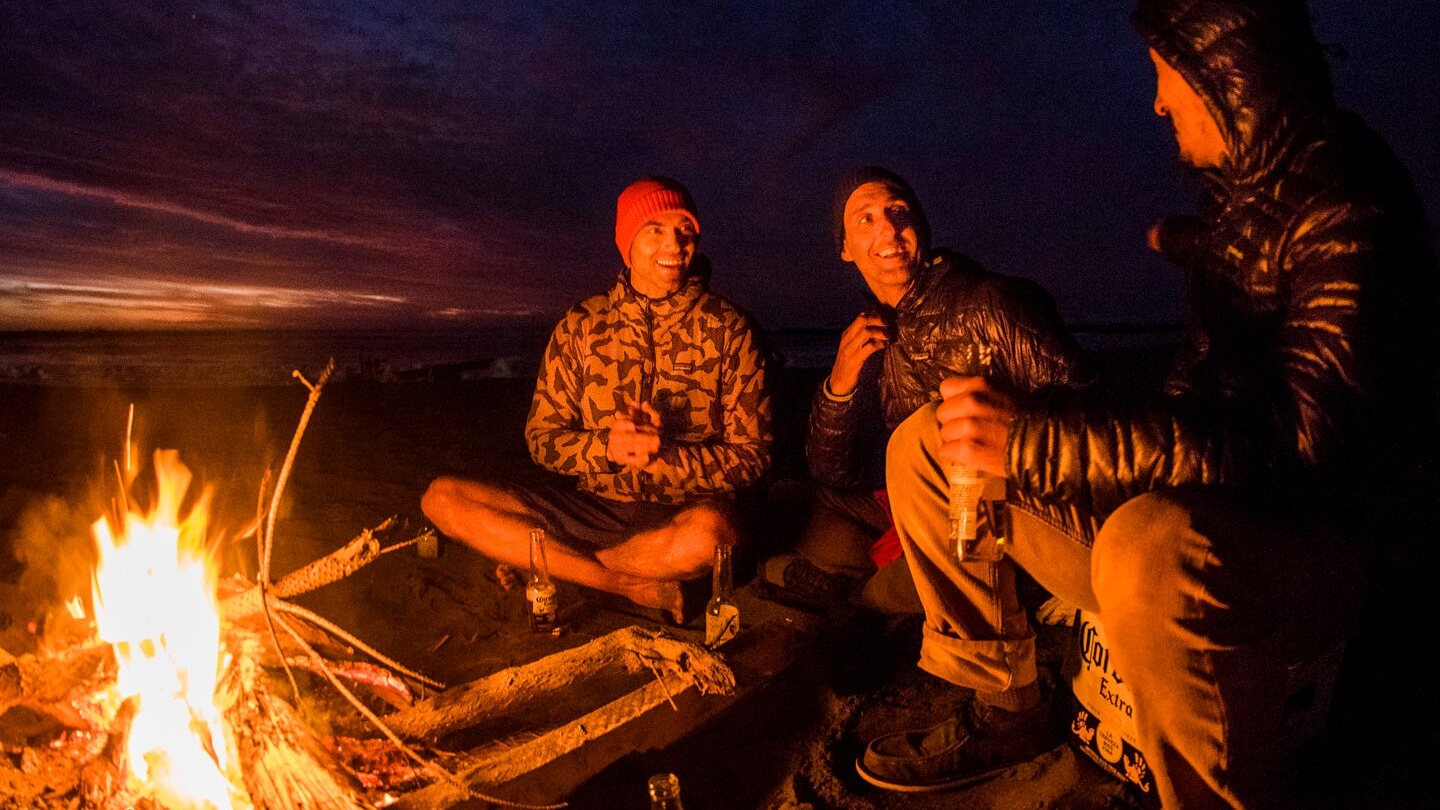
Christensen is a noted global big wave charger from Hawaii, who chases the biggest storm swells around the globe. Flores is a free surfer and activist/ambassador from Puerto Rico with a passion for good waves. All three ride for Patagonia and happened to be in Chile when the stars aligned.
And while this point is somewhat in Navarro’s backyard, it’s not a developed stretch of coast. As they returned every day for a week, they maximized their wave count by staying right there between sessions, watching the wave belch off the bar, eating fish cooked over their fire and sipping mate, a naturally caffeinated traditional South American drink made of dried yerba mate leaves.
Between them, they’ve ridden pretty much every coastline in the world. But this was something special. This was a wave that had never been surfed before – the ultra-rare combination of the right swell height and direction, the right winds and the sand set up in such a way to make for some of the longest barrels they’d ever surfed. It’s not like just seeing Bigfoot, or the South American Maricoxi, it’s like high-fiving both of them.
The crew swore the location to secrecy. Although it wouldn’t matter if they did spill the beans. Conditions may never come together like that again.
Words by Jon Coen
Images by Juan Luis de Heekeren | Rodrigo Farias
Post supported by :
